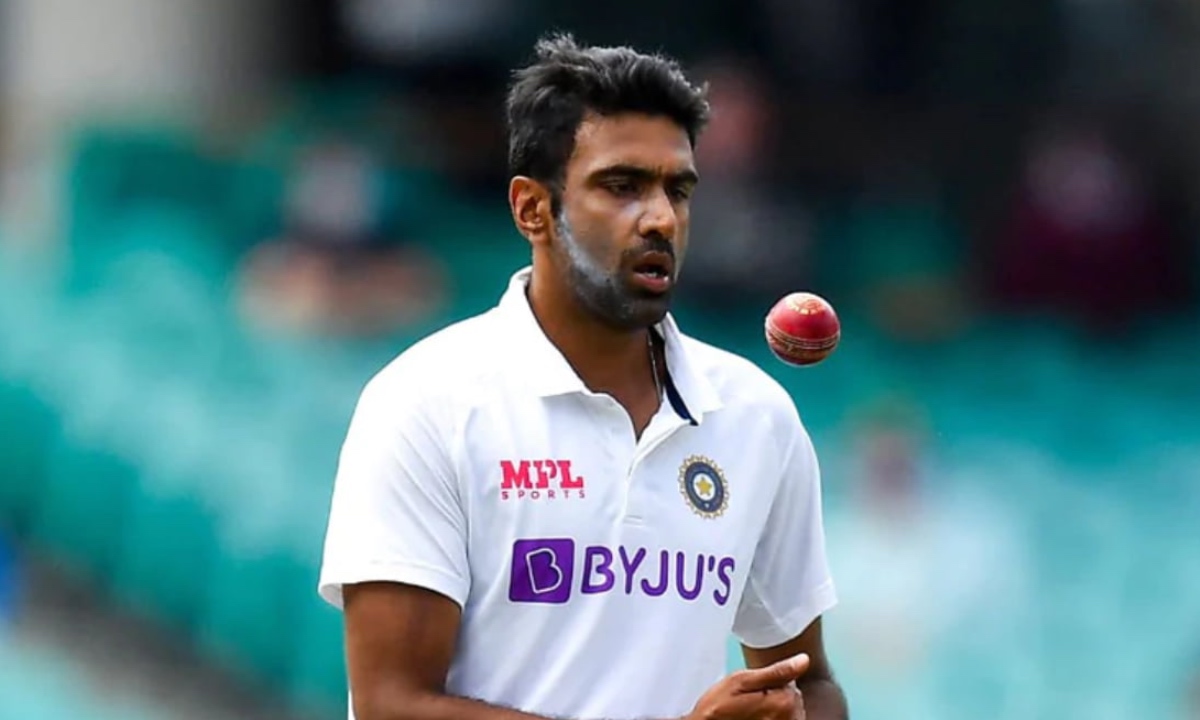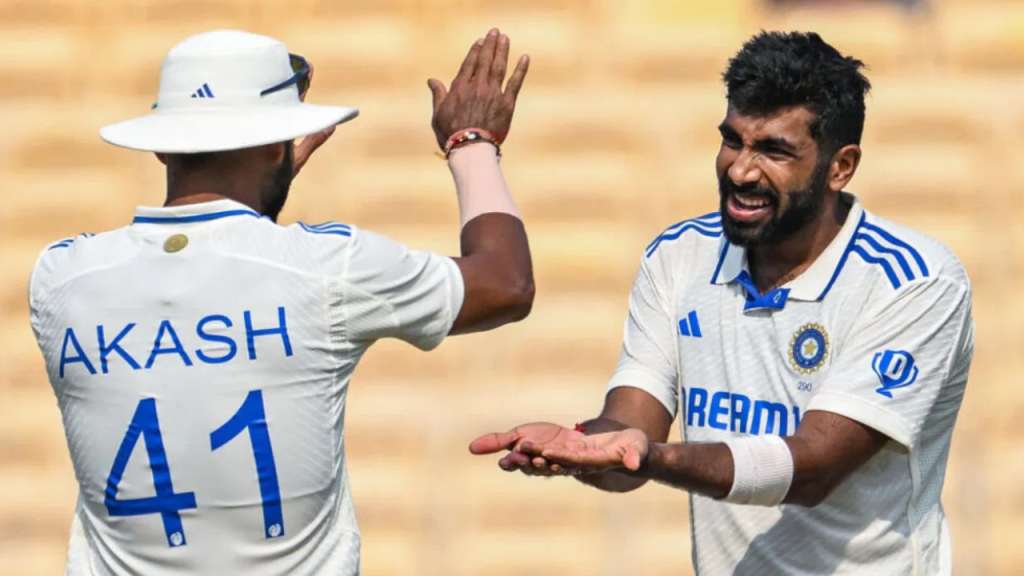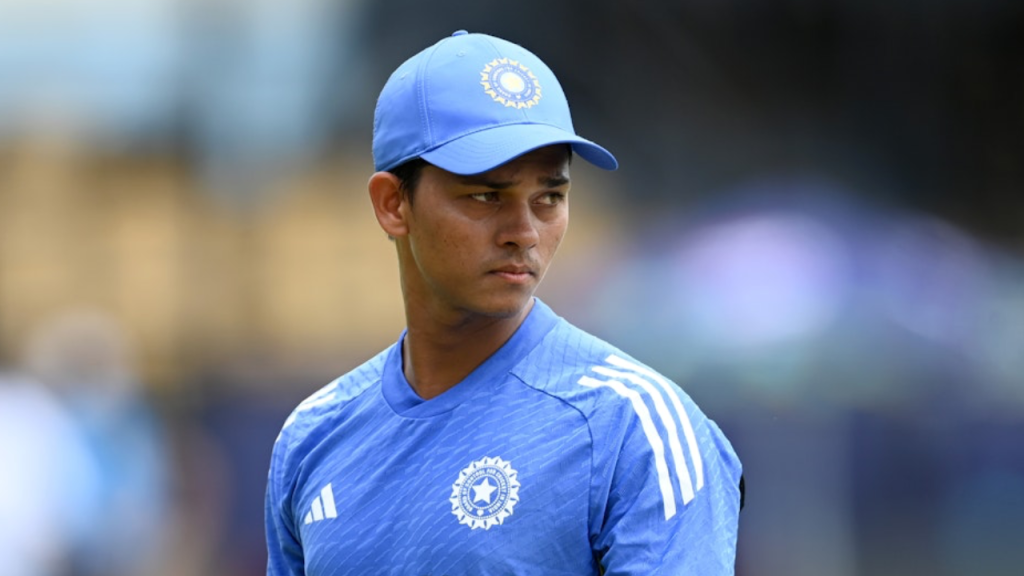The Indian cricket team’s journey in Australia has been nothing short of a rollercoaster, marked by strategic decisions that have left fans and analysts in equal parts of awe and confusion. As the second Test looms on the horizon, set to commence on December 6 in Adelaide, the spotlight turns to the selection of Ravichandran Ashwin, especially in the context of a pink-ball Test. Here, we explore two compelling reasons why Ashwin should be an integral part of India’s playing XI.
Historical Performance with the Pink Ball:

Ravichandran Ashwin’s record in pink-ball Tests is nothing short of exceptional. With 18 wickets to his name, he stands as India’s highest wicket-taker in this format. The pink ball, known for its behavior under lights, often provides more turn and bounce than its red counterpart, conditions that Ashwin has historically exploited to his advantage. His ability to extract turn and bounce, combined with his knack for bowling tight lines, makes him a formidable weapon. In Adelaide, where the pitch is expected to offer assistance to spinners, especially as the game progresses under lights, Ashwin’s inclusion could be the difference between a challenging and a commanding performance for India.
Strategic Depth and Pressure Management:
The decision to bench seasoned campaigners like Ashwin for the first Test might have been a tactical move to test new strategies, but the upcoming Test calls for a return to experience. Ashwin’s presence in the team not only adds bowling depth but also brings strategic acumen that’s invaluable in the longer format. His ability to read the game, set fields, and adapt his bowling according to the situation can be crucial in managing pressure, especially in a format where conditions can change dramatically from day to night. Moreover, Ashwin’s batting, often underestimated, provides stability in the lower middle order, which could be vital if India faces early setbacks.
The debate over Ashwin’s selection, however, isn’t just about statistics or past performances. It’s about understanding the psychological impact of having a player of his caliber in the team. His presence can unsettle opposition batsmen, particularly those like Steve Smith, who have faced challenges against him. This psychological edge, combined with his bowling skills, makes him an asset that India might find hard to overlook, especially in a series where every game is critical.
As India gears up for the pink-ball Test, the decision-makers are at a crossroads. While the team showed commendable spirit and skill in the first Test, the inclusion of Ashwin could be seen as a move towards ensuring a more balanced and experienced attack. His exclusion from the first Test might have been about giving opportunities to younger players or adapting to the Perth conditions, but Adelaide’s unique challenges under lights might just be the perfect stage for Ashwin’s return.
The allure of youth and new strategies is undeniable, the depth of experience and skill that Ashwin brings to the table could be pivotal. The pink-ball Test in Adelaide might just be where India’s strategic depth, with Ashwin at its core, could shine, turning the tables in a series where every match is a step towards cricketing immortality. As the teams prepare for battle, the inclusion of Ashwin could well be the masterstroke India needs to keep their momentum going.





